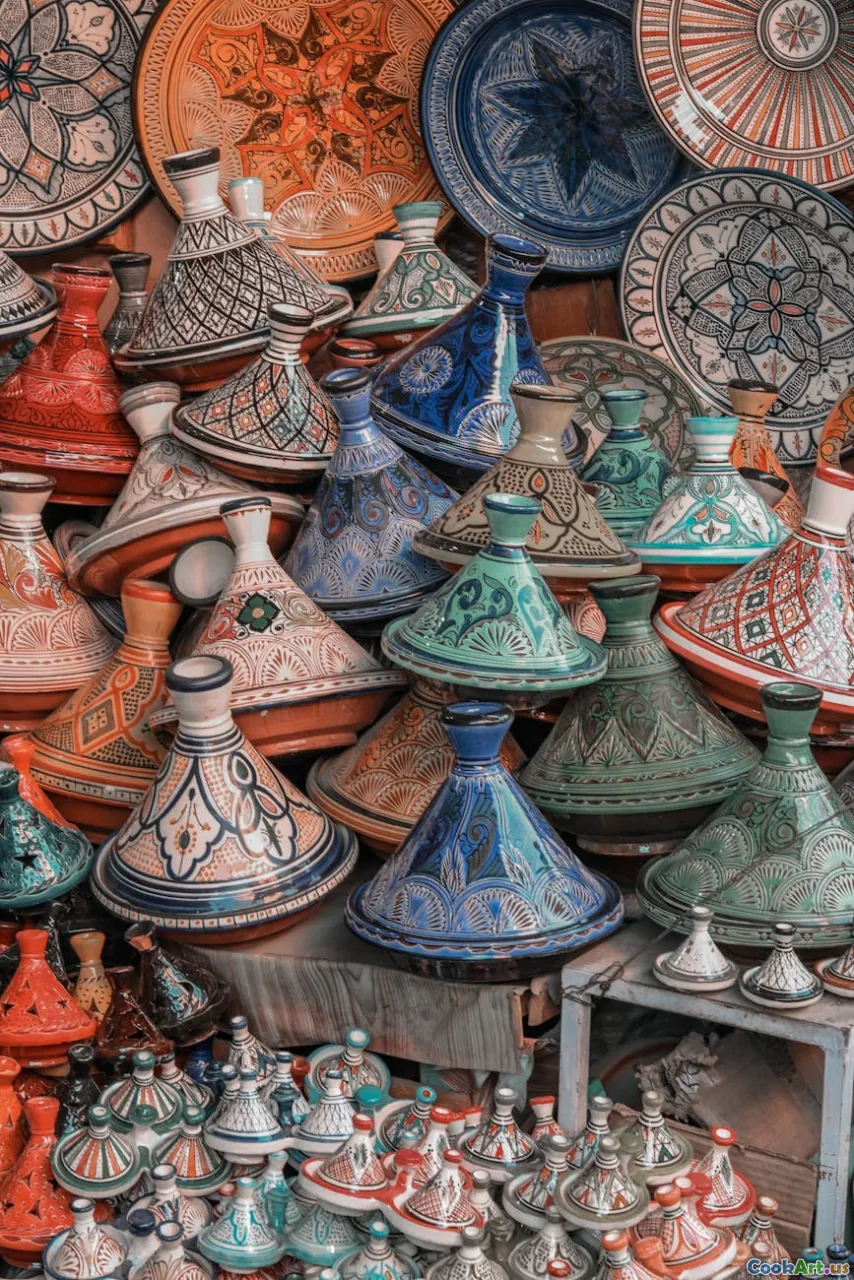Mastering the Art of Chakchouka in Algerian Cooking
8 min read Discover the rich history, vibrant flavors, and culinary techniques behind mastering Chakchouka in Algerian cooking for an authentic taste experience. May 02, 2025 08:55
Mastering the Art of Chakchouka in Algerian Cooking
Imagine waking up to the aroma of simmering peppers, ripe tomatoes, and fragrant spices wafting through a bustling Algerian kitchen. The sun filters through the window, casting a warm glow on a humble skillet where eggs are gently poached in a vibrant, spicy sauce. This is the magic of Chakchouka, a dish that embodies the soul of Algerian culinary tradition—rich, soulful, and profoundly comforting.
The Cultural and Historical Tapestry of Chakchouka
Chakchouka, also spelled shakshuka in neighboring North African and Middle Eastern countries, is more than just a meal—it's a cultural emblem. In Algeria, this dish has evolved over centuries, interwoven with the country's history, diverse influences, and social fabric.
Dating back to the Ottoman Empire's influence, Chakchouka was originally a rustic peasant dish, born out of necessity and resourcefulness. It was a way to transform humble ingredients like tomatoes, peppers, and eggs into a nourishing feast. Over time, regional variations emerged—each with its unique twist—reflecting local tastes, available produce, and culinary customs.
In Algerian society, Chakchouka is often associated with communal living and family gatherings. It’s a dish that unites generations, served during special occasions or as a hearty breakfast to start the day with energy and warmth.
The Key Ingredients: A Symphony of Flavors
Mastering Chakchouka begins with selecting the right ingredients—each playing a vital role in building its complex flavor profile.
- Tomatoes: Ripe, juicy, and bursting with umami, they form the sauce’s backbone. Fresh tomatoes are preferred, but canned high-quality tomatoes can also do the trick.
- Bell Peppers: Often red, green, or yellow, they add sweetness and a slight crunch, balancing the acidity of the tomatoes.
- Onions and Garlic: Aromatic staples that deepen the dish's savory profile.
- Spices: A combination of cumin, paprika, and sometimes a hint of cayenne or harissa infuses warmth and depth.
- Eggs: Poached gently in the sauce, they become tender and absorb the rich flavors.
- Olive Oil: The essential cooking fat that carries the aroma of spices and ingredients.
Optional ingredients include olives, preserved lemon, or fresh herbs like cilantro and parsley, which add brightness and complexity.
The Technique: Crafting the Perfect Chakchouka
Step 1: The Base
Start by heating olive oil in a wide skillet or a traditional tajine. Sauté chopped onions and minced garlic until translucent and fragrant. Add chopped bell peppers and cook until they soften, releasing their sweet aroma.
Step 2: Building the Sauce
Stir in crushed tomatoes, spices, and a pinch of salt. Let the mixture simmer gently, uncovered, over medium-low heat. The sauce should thicken slightly, becoming vibrant and aromatic—a process that can take about 15-20 minutes.
Step 3: The Eggs
Create small hollows in the sauce and carefully crack eggs into each. Cover the skillet and cook until the eggs are just set—about 5-7 minutes. The whites should be firm, but the yolks remain runny, perfect for dipping.
Step 4: Final Touches
Sprinkle chopped herbs, olives, or preserved lemon before serving. The dish is best enjoyed hot, straight from the pan, accompanied by crusty bread to scoop up every delicious bite.
Serving and Personal Touches
In Algeria, Chakchouka is often served family-style, encouraging sharing and conviviality. It pairs beautifully with freshly baked khobz(bread) ormsemmen for a more substantial meal. Some families add a dash of harissa for extra heat, while others prefer a milder, herb-infused version.
Personal anecdotes reveal that many Algerians have their secret twists—perhaps a touch of cinnamon, a sprinkle of sumac, or a drizzle of honey to add a sweet contrast. These variations reflect personal heritage and regional preferences, making each version uniquely special.
Cultural Significance and Modern Interpretations
While rooted in tradition, Chakchouka continues to evolve. Chefs in Algerian cities like Algiers and Oran experiment with ingredients—adding chorizo, feta, or even vegan substitutes—without losing its essence.
Today, it’s celebrated worldwide as a versatile, nutritious dish that champions simplicity and bold flavors. Its rise in global brunch menus attests to its universal appeal.
Personal Reflections: A Dish of Memories
For me, mastering Chakchouka is akin to capturing a piece of Algerian soul. I recall the first time I watched my grandmother craft this dish, her hands deftly chopping peppers and stirring the sauce with love. The aroma would fill the house—an intoxicating blend of spices and fresh produce—that promised a meal not just nourishing but also deeply connecting.
Every bite transports me back to those mornings, the laughter around the table, and the warmth of family. It’s a reminder that food is more than sustenance; it’s a vessel for heritage, stories, and love.
Final Thoughts: Embrace the Art of Chakchouka
Mastering Chakchouka is an art that combines patience, respect for tradition, and a willingness to adapt. It’s about understanding the harmony of flavors and the cultural significance woven into each ingredient.
So, whether you’re cooking for family, friends, or yourself, embrace the process. Let the aroma fill your kitchen, and allow each step to connect you to the rich tapestry of Algerian culinary heritage. With practice and passion, you’ll create a dish that’s not only delicious but also a heartfelt tribute to a timeless tradition.
Enjoy your culinary journey into the heart of Algerian cuisine—bon appétit, oukhty!









